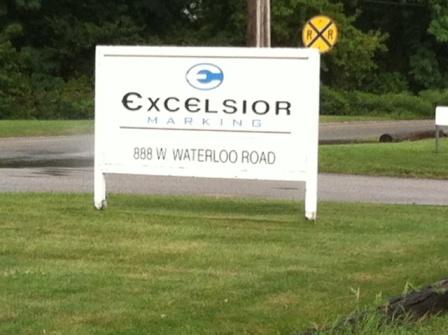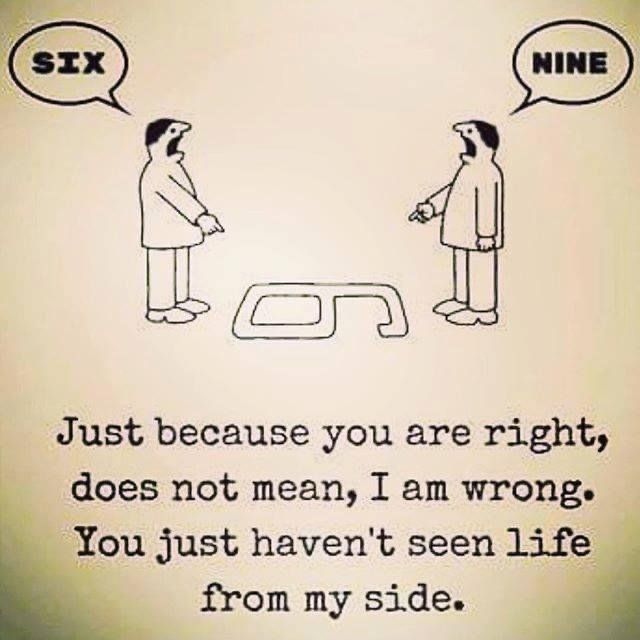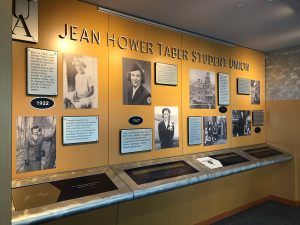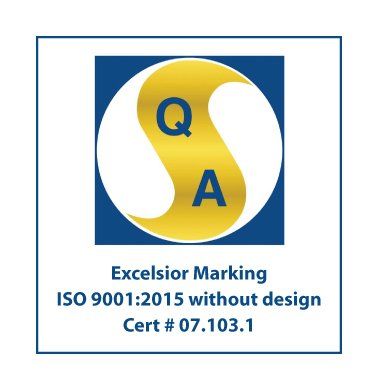A Sign is a Sign..or is it?


In today’s world, everywhere we look there are signs. Signs direct our lives – when to stop, when to go; which way to turn, where to eat, sleep and live… For those with adequate sight, hearing and mobility, signs are the way we navigate through our daily lives. For those with physical challenges, signs may be less helpful. The Sign requirements of the American Disabilities Act (ADA) was designed to help with those challenges. For sign makers, architects, and builders the ADA is a guide to help them make more accessible designs. The Act, itself, can be an intimidating document. This article touches on 6 main points of Sign requirements of the ADA.
All signs that contain visual characters must have a high dark to light (or vice versa) contrast between characters and their background. The important issue is not color, but lightness and darkness. Thus, a sign, such as a Restroom sign, with very light gray letters on a charcoal gray background would be fine, but a sign with red letters on a black background would not.
Directional and informational signs can use upper and lower case letters (recommended by many experts for visual readability) and “simple” typefaces of a non-decorative nature.
ADA signs that identify rooms and spaces are to be located adjacent to the door they identify so they can be located by persons who are functionally blind.
There are four symbols that stand for accessibility. The familiar “wheelchair symbol.”; The “ear” symbol;the “keyboard”;and the “phone” symbol.
Not every ADA compliant sign requires Braille. Most people think an “ADA compliant sign” must have Braille. For example, Braille is not required for signs that have tactile pictograms or symbols – but do not carry text.
ADA Guide Signs, also known as Wayfinding Signage or Path of Travel signs must comply with one or another of the ADA Guidelines.
In general, almost every sign that would be considered an “architectural” sign must comply with one or another of the ADA Guidelines. In other words, if a sign identifies a permanent room or space of a facility, including exits, directs or informs about functional spaces of the facility, or identifies, directs to, or informs about accessible features of the facility, it must comply. Signs and Banners used for advertising and marketing purposes, temporary signs, company logos and names are examples of signs or sections of signs that do not have to comply. For more information and to learn how we can help with your sign project go to https://www.excelsiormarking.com/business-signage/












